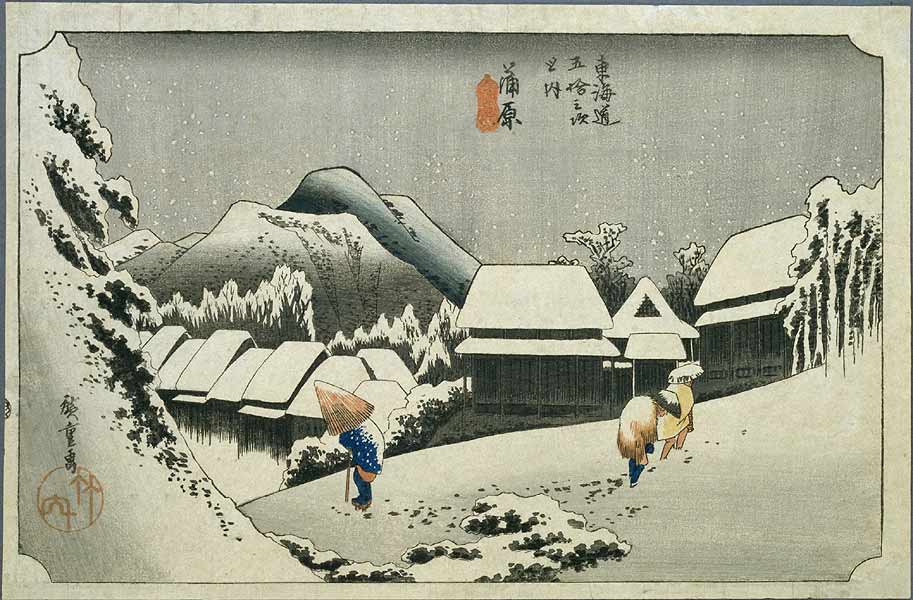Just a quick note, my actual kimono-wearing posts are going to be a tad sparse for the next little while, due to a compressed rib and strict orders not to “do anything physically taxing or binding”. I may have a few old outfits from the archives I haven’t shared yet, but I’m not sure.
Also, posts in general will probably not be as frequent for the month of December, since I work in a toy store and my hours are going to be kind of crazy for the next few weeks. When I’m not at work, I’ll be sleeping or trying to fit in some Christmas shopping.
I’ll still be doing the occasional catalogue post and I have a few tea-related posts queued up, so I won’t be totally gone, but things will be a bit quieter around here until the new year.































 Bebe Taian
Bebe Taian CHOKO Blog
CHOKO Blog Silk & Bones
Silk & Bones Gion Kobu
Gion Kobu